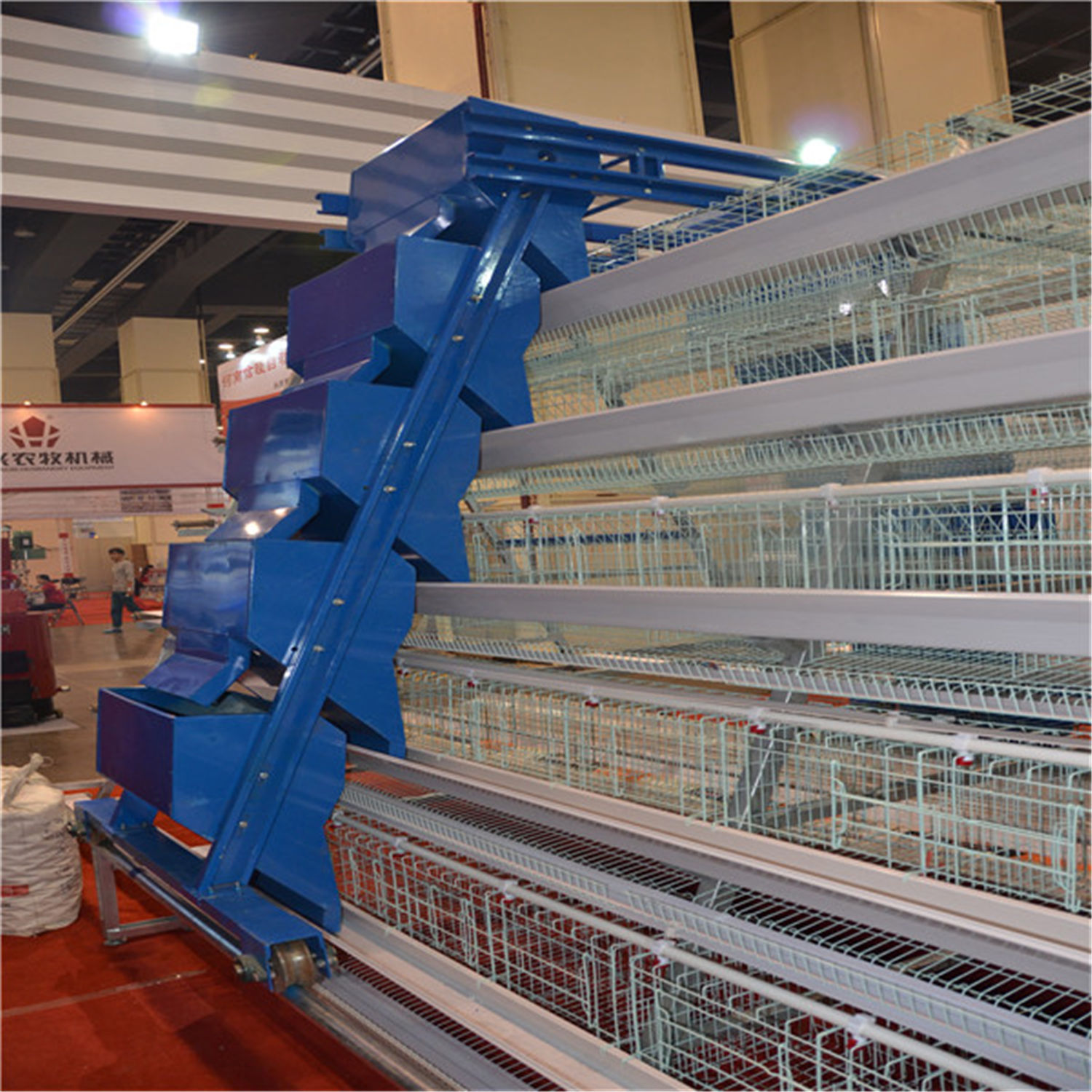Raising chickens with chicken cages to raise chickens When the egg production rate of the chicken flock reaches 5% (approximately 20-22 weeks of age), the feed for growing chickens must be converted to feed for laying hens. Feed intake is generally not restricted at the early stage of laying, because the growth and development of the hen has not stopped at this time, and the feed consumed must not only meet the needs of growth and development, but also store nutrients for laying. At this time, it is also necessary to adjust the feed formula in time according to the chicken’s weight and the increase in egg production rate, and provide sufficient nutrients according to the feeding standard.
The most important nutrients needed by laying hens during laying period are sulfur-containing amino acids. Methionine should account for more than 53% of the total sulfur-containing amino acids. Followed by other essential amino acids, calcium and phosphorus. Choline can promote the synthesis of methionine and prevent fat deposition. Adding 0.3% choline to feed is beneficial to increase egg production and reduce feed consumption.
Laying hens generally have a laying rate of more than 50% at the age of 23-24 weeks. The laying rate rises rapidly in the early stage of laying, and the time from the start of laying to the peak of laying is about one month. The egg production rate of contemporary high-yielding chickens can reach over 95%, and the peak period of over 80% egg production can last for more than 5 months. When the egg production rate is normal during the peak period and the weight of the chicken is stable, it is necessary to maintain the stability of the feed as much as possible in the feed formula and raw material varieties, while maintaining the stability of the environmental conditions to avoid various adverse stimuli to prevent the chickens from Changes in feed and environmental changes produce stress responses that lead to a drop in egg production rate. Once the egg production rate drops, it is more difficult to recover.
During the high-yielding period, pay close attention to the changes in chicken feed intake, egg weight, egg production rate and body weight to determine whether the feeding system is reasonable. The feed amount should be appropriately adjusted according to the changes in the above indicators. The specific method is: the egg production rate rises, there is no feed in the trough early in the morning, and the feed amount of the day should be increased as appropriate; the egg production rate is stable, and the feed trough is empty in the early morning, and the feed rate remains the level of the previous day; the egg production rate is stable Or drop, if there is excess material early in the morning, reduce the feed amount appropriately. In any case, it is necessary to keep the trough free of food the next morning, so as to ensure that the chickens have a strong appetite and prevent feed waste.
Raising chickens with chicken poultry farming equipment As the chickens enter the middle and late stages of egg production, the egg production rate will drop below 80%. It is necessary to appropriately reduce the amount of feed or reduce the nutritional standard of the feed to prevent the chickens from being over-fat and causing the egg production rate to drop sharply .
